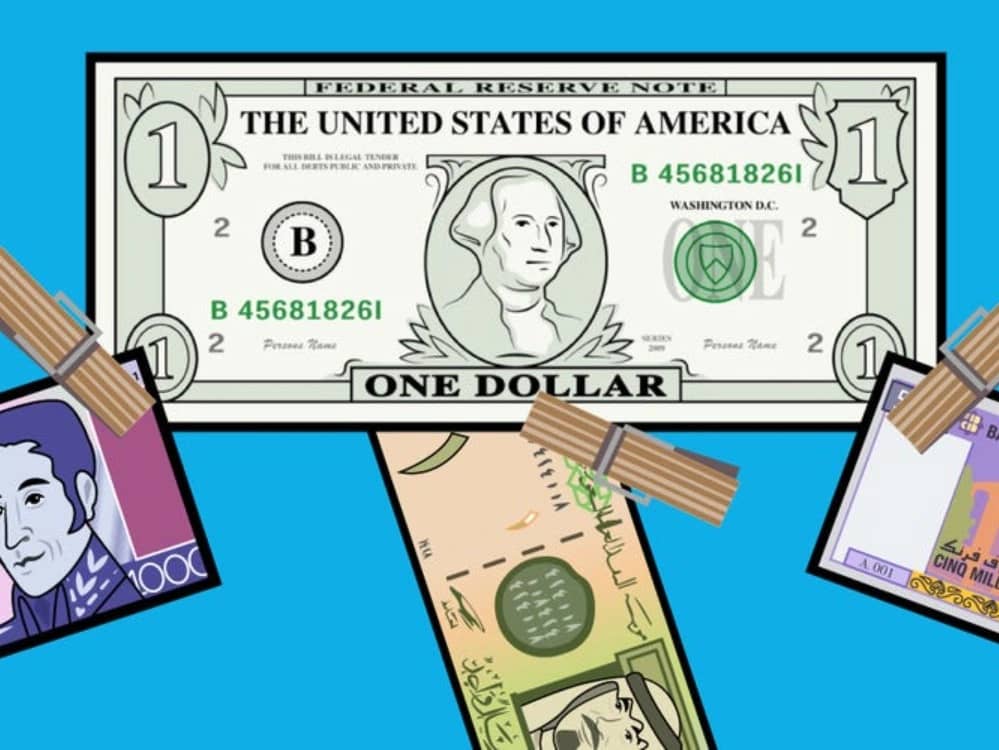위키 구독하기
Share wiki
Bookmark
Currency Peg
에이전트 토큰화 플랫폼 (ATP):에이전트 개발 키트(ADK)로 자율 에이전트 구축
Currency Peg
통화 고정은 두 통화 간의 고정 환율로, 한 통화가 다른 통화에 미리 정해진 비율로 고정됩니다. 일반적으로 고정되는 통화는 규모가 작거나 변동성이 큰 통화이고, 다른 통화는 미 달러, 유로 또는 일본 엔과 같은 주요 국제 통화입니다. [1]
정부 또는 중앙은행은 통화 가치를 안정시키고 기업과 개인에게 확실성을 제공하기 위해 통화 고정을 사용할 수 있습니다. 예를 들어, 어떤 국가가 자국 통화를 미 달러에 고정하면 인플레이션을 안정시키고 수출 경쟁력을 유지하는 데 도움이 될 수 있습니다. 고정 환율은 통화 가치에 대한 불확실성을 줄이고 기업이 계획을 세우고 투자 결정을 내리기 쉽게 해주기 때문입니다. [2]
그러나 통화 고정은 정부와 중앙은행에 어려움을 야기할 수도 있습니다. 고정된 통화가 시장 상황에 비해 과대평가되면 수출 수요 증가로 통화 부족이 발생하여 인플레이션 압력으로 이어질 수 있습니다. 반면에 고정된 통화가 과소평가되면 통화 수요 증가로 외환 보유고가 감소할 수 있습니다. [1]
전반적으로 통화 고정은 정부와 중앙은행이 통화 가치를 관리하고 경제의 안정성을 제공하기 위해 사용하는 도구입니다.
잘못된 내용이 있나요?
